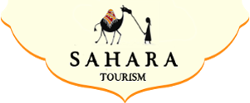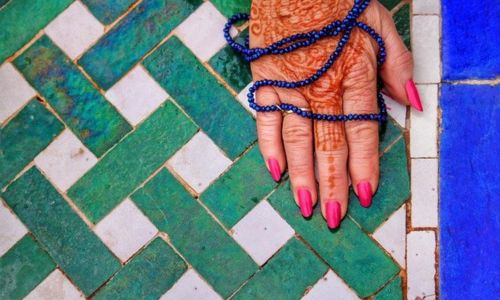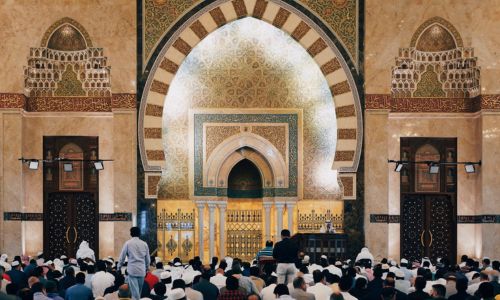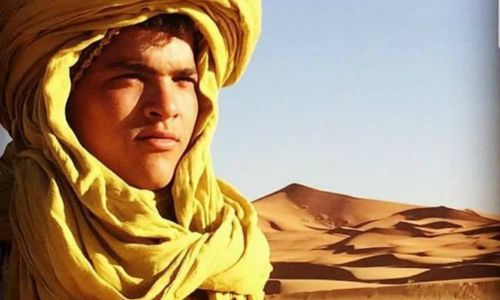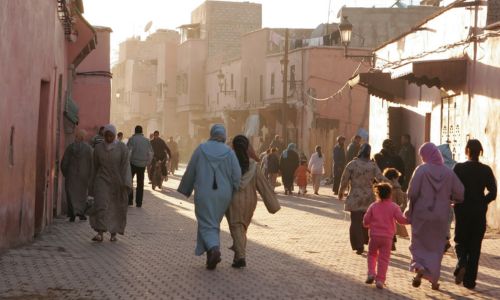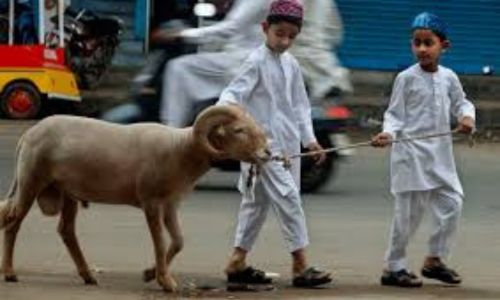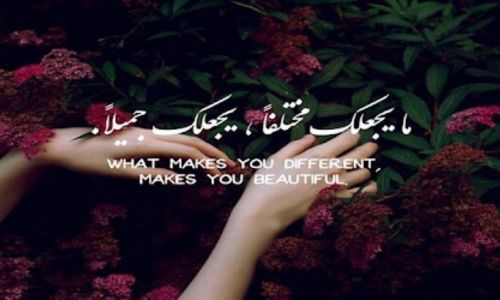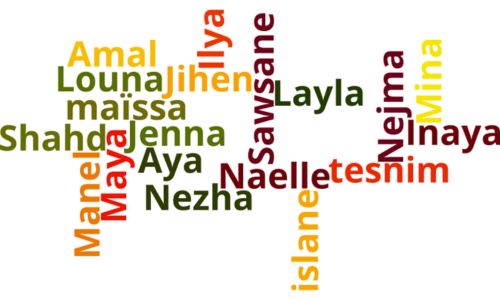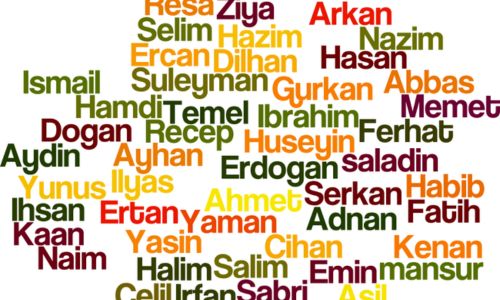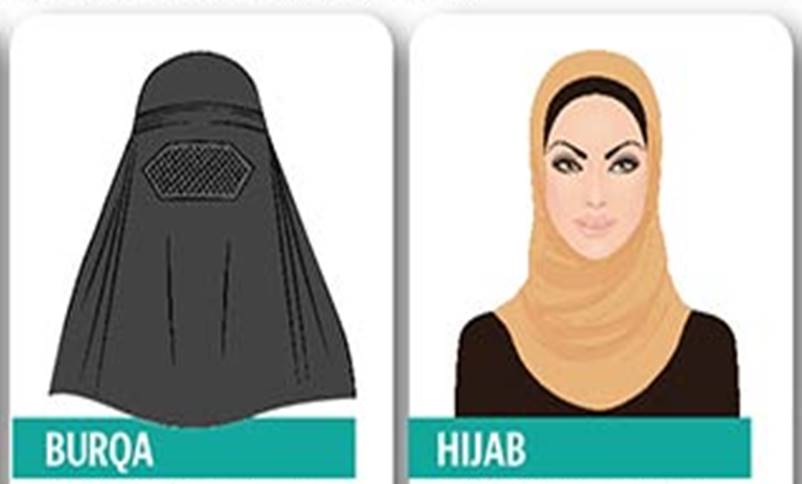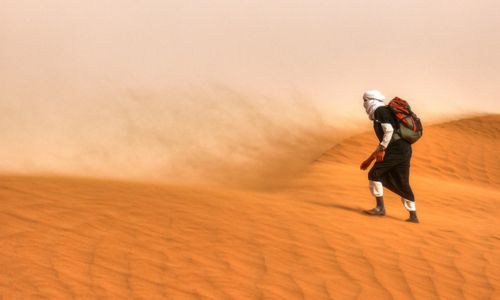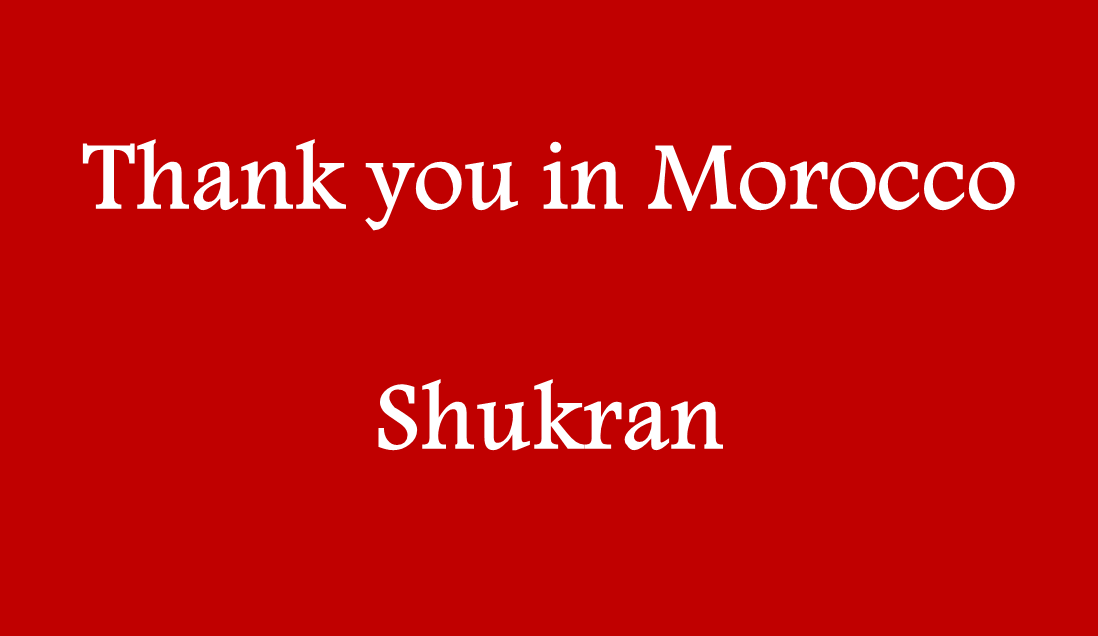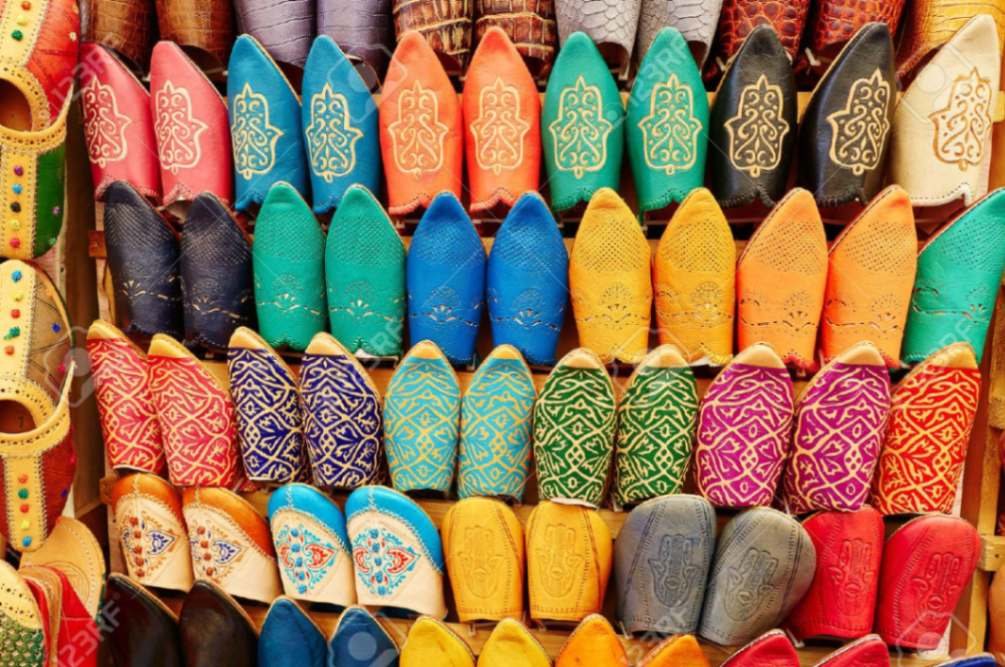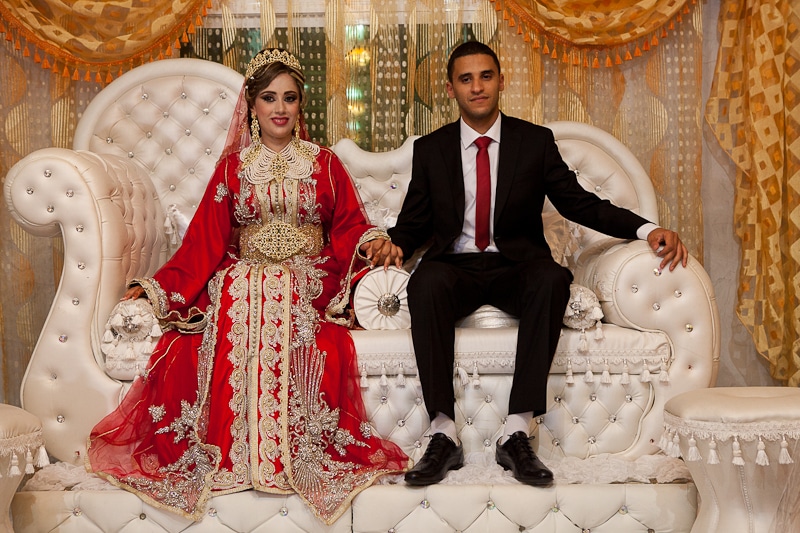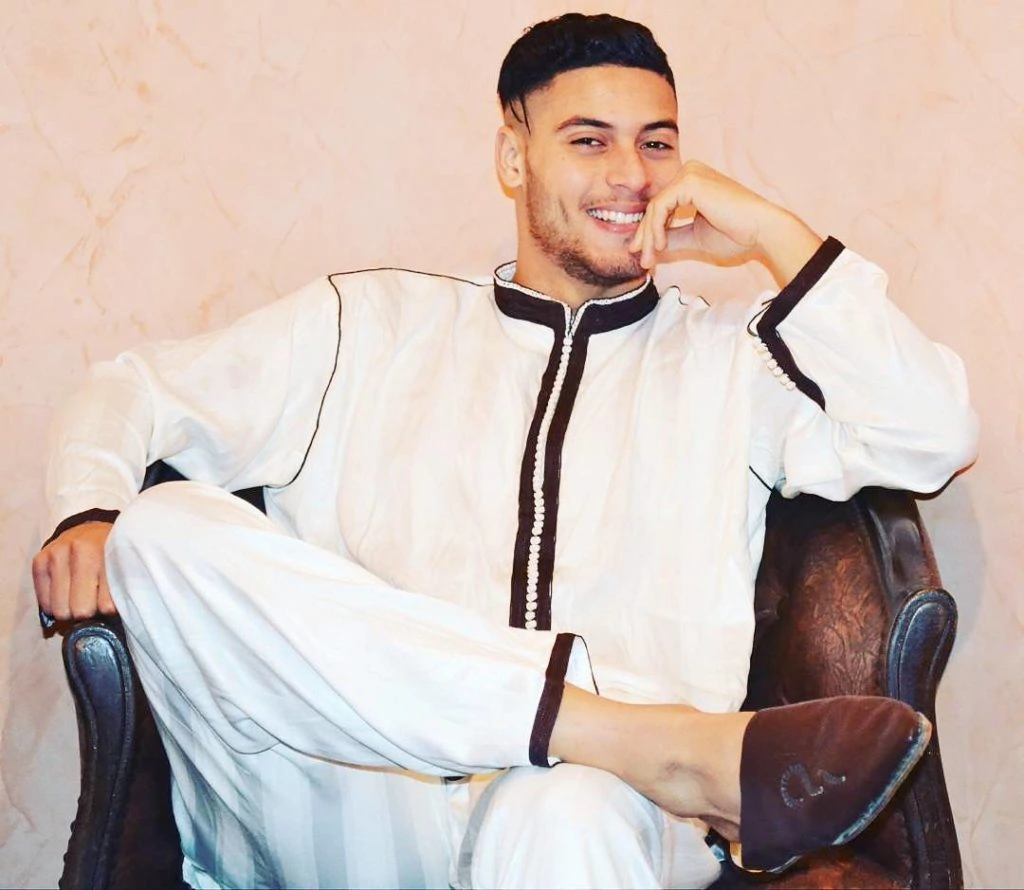MOROCCAN CULTURE AND TRADITIONS
Moroccan living traditions
Morocco is a multi-millennial country, the heir of centuries of tradition. Nothing fixed yet in the kingdom! The culture is alive, is embodied day by day in the small gestures of everyday life, in festivals, rituals or simply everyday habits. Stay there for a while and immerse yourself in this sweetness, this art of living.
A very lively culture
To dive into the Moroccan culture and traditions, the medinas are the perfect destination. As you wander through the streets of each medina, you will immerse yourself in the details of Moroccan daily life. Morocco and its inhabitants evolve to the rhythm of the Mediterranean art of living recognized by UNESCO. It is a set of practices and dishes, symbolic and everyday pleasures that will enchant you. All-you-can-eat teas, gatherings around the Couscous and the Tajine, a trade of traditional crafts, a close solidarity… You will leave with a baggage of vivid memories!
Moroccan life: combining tradition and modernity
Moroccans generally earn their living in agriculture and animal husbandry. They are honest with each other and maintain a sacred, fraternal relationship. They are fine workers from generation to generation and are very good at negotiating. Hospitality is a duty for them, as it is in their tradition. However, they can be demanding when it comes to their wealth or solidarity. Morocco has always been able to take advantage of its foreign relations to look to its future without breaking its thousand-year-old traditions. The evolution of the modern world propels Moroccans towards new perspectives where they could combine.
Moroccan tradition and modernity
Moroccan architecture: strong asset of the tourist sector
The first characteristic of Morocco is its architectural art. Refined and ornamental, Moroccan architecture reflects a history full of twists and turns of the imperial cities. You will have the opportunity to contemplate the fortifications of Taroudant, Marrakech, Fez and Meknes during your stay. Moroccan architecture was built after successive conflicts and generational rivalries.
The magnificent architecture of Morocco
The Moroccan architectural art knew how to preserve its traditional profile, because the craftsmen impose themselves to revive the traditions going back to the Berber era of the country. For the tourist sector, it is a real asset to have such a heritage since tourists generally seek this historical side beyond the beach and the summer sun.
Culinary art: essential characteristic
The Moroccan culinary art is an integral part of Moroccan culture. The country is internationally recognized for its typically Western dishes. It is a cuisine that reflects a historical past and a whole art of living to receive guests.
Morocco testifies, through its recipes, a great diversity of taste in its dishes constituting a pleasant whole. This thousand-year-old country has forged a unique identity through its typical products: couscous, dishes drizzled with honey and melted butter, sweet tea with kaleb or sugar cone, shortbread called ghoriba, dates, pastilla, milk, gazelle horns, flaky pancakes or m’semmen, etc..
Moroccan recipes: tagine
The dish that makes Morocco special is the tagine, because it never tastes the same every time. It is a stew based on chicken or lamb meat. To this are added vegetables, lemon confit with eggplant and prune almond. If you like spices, this is a dish you should try, because it is well dosed.
Moroccans can also let you taste a dish they particularly like: the harita, a chickpea soup made with pulses. They consider this soup to be a complete meal because it is made with meat, condiments and spices. They also like to eat bissara or bean soup. If you like vegetables, you will be served it! Soup is made with beets, carrots, tomatoes, peppers and even cucumbers.
Pastries are a small bonus if you still have room for them. They are usually almond-based and are sweetened with honey, not sugar. Honey is better for your health and has antiseptic properties.
Morocco’s Religious Practices and Moderate Islam
The official religion of the country is Islam. Moroccans have the king as their religious leader. Ninety-nine percent of them are Muslims, including Sunnis. However, other religions such as Judaism and Christianity are practiced in the country. For centuries the state has guaranteed the free practice of other religions.
Moroccans traded daily in culture and commerce with Europe and the West in general. This has influenced them to practice Islam in moderation.
Those who remain marginal are those who preach the fundamentals in the country. The current generation remains believers, but less fervent, because they consider religion as a heritage. During the day, you will see that Moroccan daily life is punctuated by the muezzin, a call to prayer 5 times a day, from the top of the minaret, or the tower of a mosque.
Travel to Morocco during Ramadan
During Ramadan, Muslims fast, stop smoking and drinking from sunrise to sunset. They must then change their habits to adapt to Ramadan. Businesses and public services adjust their working hours. However, you can have lunch in wonderful restaurants if you find yourself in the city at noon, even if they change their schedules.
Music and dance: traditions that cannot be ignored
Dancing and singing hold an important place in Moroccan culture. The masters or Chiouks, conservatives of the Moroccan tradition, animate the ceremonies. The latter are generally baptisms, weddings or others. The masters sing religious texts, ancestral poems or songs based on daily life in the company of a musical instrument, the bendir.
In terms of traditional music, you will hear Andalusian, Chaâbi and Rif music. However, music from elsewhere such as Jazz, Blues, Soul and Rock’n’Roll are also listened to by everyone.
The instruments used are very diverse such as the Qraqeb or Crotales, the El oud or the plucked stringed musical instrument, the Rbab generally a simple stick, the Gmbri on the electric guitar, etc.. Many instruments are made from specific shells, skins, or woods. This is just a foretaste of Moroccan culture and nothing beats discovering this fabulous heritage treasure live!
